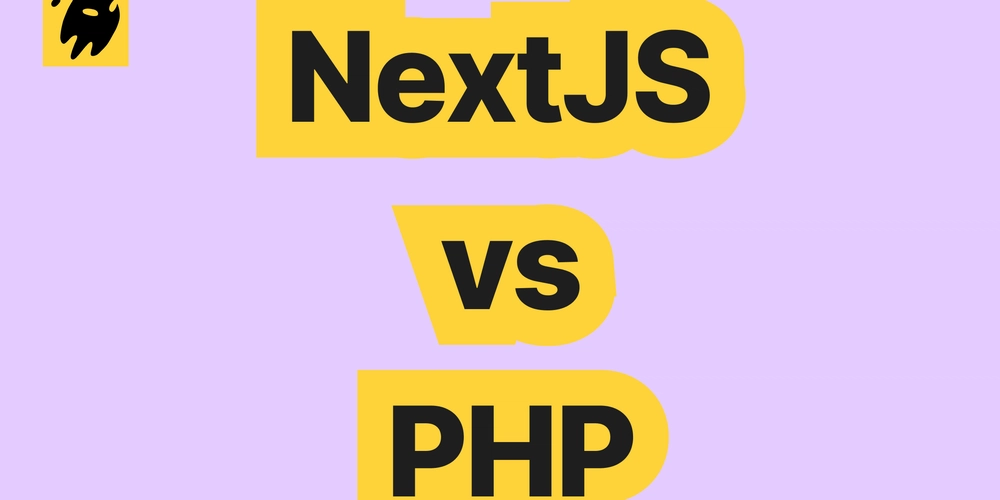Dev
2w
378

Image Credit: Dev
Next.js vs PHP: Real Code Comparison for Web Applications
- Next.js and PHP are compared in terms of business logic implementation, data processing, page interaction, page rendering, error handling, security, and maintainability.
- Next.js follows a component-based development model, promoting code reusability and maintainability, while PHP involves direct business logic implementation in .php files, potentially affecting readability.
- Next.js utilizes functions like getStaticProps for data fetching and state management mechanisms for client-side interaction, while PHP interacts with databases like MySQL for data processing.
- Next.js offers various rendering modes including Static Site Generation and Server-Side Rendering, whereas PHP generates HTML pages on the server side.
- In error handling, Next.js employs React's Error Boundaries mechanism, while PHP uses try...catch blocks for error management.
- Security-wise, Next.js emphasizes input data verification and API authentication, while PHP faces challenges such as SQL injection and file inclusion vulnerabilities.
- Maintainability and extensibility are highlighted in Next.js due to its component-based architecture and third-party library availability, whereas PHP's direct coding approach may hinder scalability.
- Developers are advised to choose between Next.js and PHP based on project requirements, technical abilities, and future scalability needs in web business development.
- Next.js excels in modern web applications with performance optimization and development efficiency, while PHP is efficient for traditional business logic but requires caution in maintainability and security.
- Leapcell is recommended as a platform for deploying Node.js services, offering language flexibility, free project deployment, pay-as-you-go pricing, seamless scalability, and documentation support.
- Leapcell supports JavaScript, Python, Go, and Rust development, with no idle fees and transparent scalability for developers.
Read Full Article
22 Likes
For uninterrupted reading, download the app